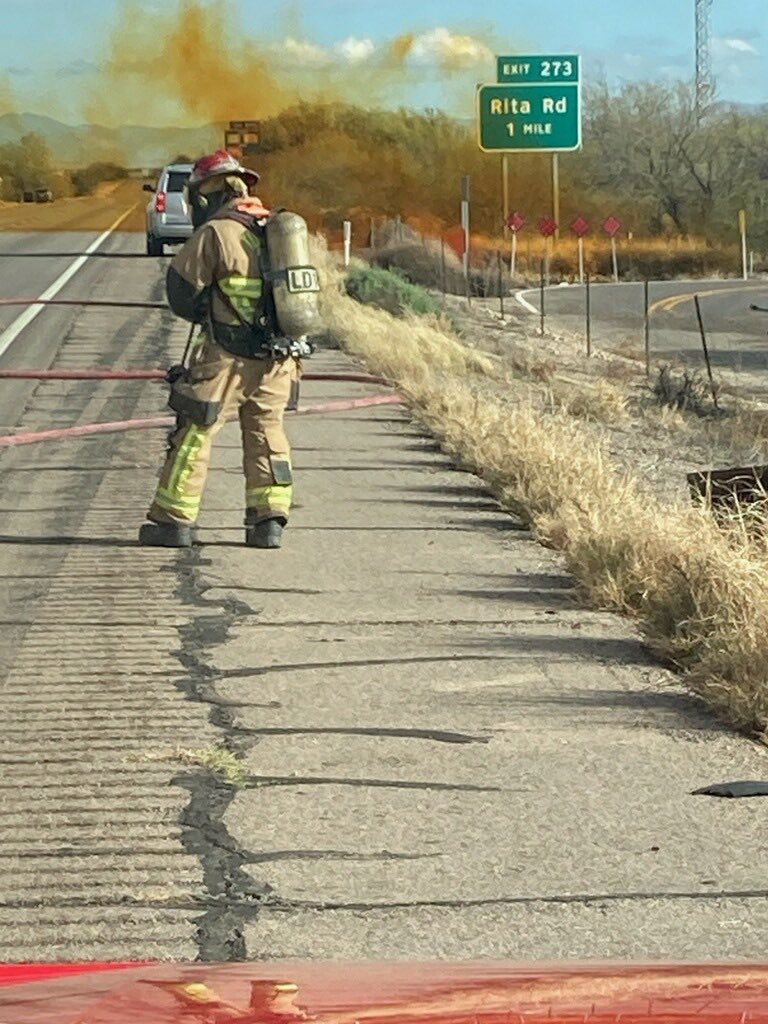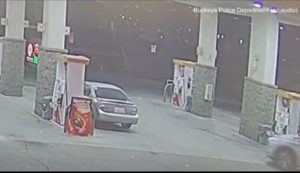A shelter-in-place has been issued within a mile radius in Tucson, Arizona. An 18-wheeler, as per authorities, rolled over on Interstate 10 and began leaking the hazardous chemical. A HAZMAT alert has been called.
“The Department’s Hazardous Materials Response Unit, along with partner agencies are working together to mitigate the incident,” Arizona DPS said in an email. “Out of an abundance of caution first responders are working to evacuate a perimeter around the area of the incident.”
What is HAZMAT?
HAZMAT is an abbreviation for “hazardous materials.” An alert is called when ‘substances in quantities or forms that may pose a reasonable risk to health, property, or the environment’, as per National Ocean Service.
HAZMATs may be released as liquids, solids and gases or a combination. They include toxic chemicals, fuels, nuclear waste products, and biological, chemical, and radiological agents.
How to deal with a HAZMAT emergency?
As per the University of Miami Health System, individuals must take refuge immediately and in a small interior room with few, if any, windows. One must close windows and doors and ensure that all devices that let air in are turned off. These include air conditioners and heaters.
University of Miami Health System also asks people to seal gaps under doorways and around windows with wet towels, duct tape and plastic sheeting or other impervious materials.
The authorities in Tucson, Arizona, after the truck overturned, applied a HAZMAT alert until further notice to members of the public within a one-mile radius of the incident. The load may have contained nitric acid gas. This is a highly corrosive material which can cause burning sensations to the eyes, nose, skin, & lungs.







